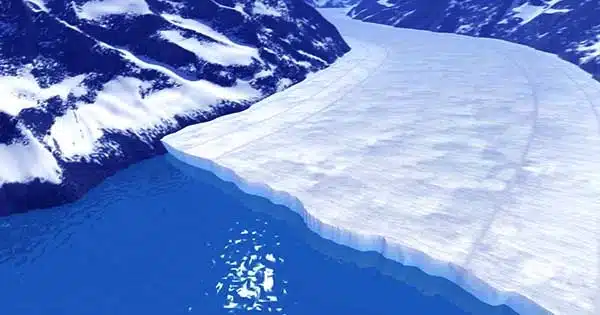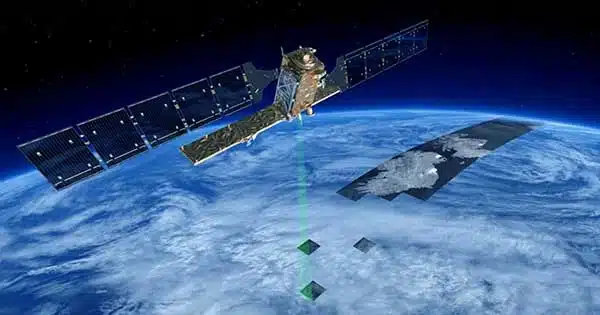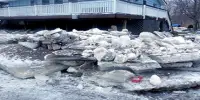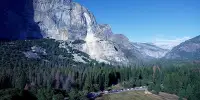Airborne sensors, a research ship, and autonomous devices such as gliders that skim the upper layers of the Pacific Ocean are being used to collect data for the expedition.
The S-MODE mission of NASA is on its third journey to investigate the role of ocean surface eddies in climate change. Scientists hope to understand the impact of these eddies on heat, greenhouse gas dynamics, and nutrient distribution by employing a variety of equipment. They are also examining ocean color to determine phytoplankton’s presence, which will help them better comprehend the ocean’s involvement in the carbon cycle.
NASA has traveled to the sky and the seas to investigate the unusual environment at the ocean’s surface, where marine life collides with our planet’s complicated atmosphere. On April 7, scientists from the Sub-Mesoscale Ocean Dynamics Experiment (S-MODE) boarded the RV Sally Ride from San Diego for the final of three field missions to better understand the ocean’s role in climate change. They will be at sea for roughly a month before returning to San Diego on May 4, working in tandem with an associated airborne campaign for most of that time.

On the ocean’s surface, there are tiny swirls called eddies that are difficult for satellites and models to detect, according to Kelly Luis, an S-MODE scientist who is working on the RV Sally Ride. “We get to be up close to them during campaigns like S-MODE to understand their broader impact on the climate and oceans,” the author says.
The S-MODE project, led by NASA’s Ames Research Center in California’s Silicon Valley, collects data using airborne equipment, a research ship, and autonomous instruments such as gliders that skim the upper layers of the Pacific Ocean. Data from these various perspectives are being combined to create an unprecedented picture of the whirlpools and eddies that determine how the ocean absorbs and emits heat, greenhouse gases, and nutrients.
Researchers can learn a lot about the ocean’s role in global climate change by better understanding the ocean dynamics driven by such eddies at kilometer scales. According to models, the eddies could have a greater net influence on the air-sea exchange than the greenhouse effect’s heating. S-MODE is one of the first NASA missions to put this theory to the test using observations. Scientists expect that these three years of observations will help better characterize this large energy transfer, building on previous S-MODE campaigns in October 2021 and 2022.
Luis and his colleagues are studying the animals that live near the ocean’s surface using ship-based devices that assess watercolor. When sunlight strikes the ocean, it scatters or is absorbed at different wavelengths. The presence of phytoplankton, microscopic creatures floating in the ocean’s surface layer, contributes to some of that light transformation. Phytoplankton, like plants on land, not only serve as the base of the marine food web, but they also absorb carbon dioxide and create oxygen. These tiny animals demonstrate how even the most minute portions of the ocean ecosystem interact with the world above the water’s surface.
The researchers use changes in ocean color to assess how much phytoplankton is present in the surface layers and which species are there. The results are then compared to observations provided by S-MODE instrumentation and aircraft sensors.
The project is a collaborative effort involving NASA centers such as the Langley Research Center in Hampton, Virginia, the Armstrong Flight Research Center in Edwards, California, and the Jet Propulsion Laboratory in Southern California, as well as researchers from the Scripps Institution of Oceanography, the University of Washington, Oregon State University, and the Woods Hole Oceanographic Institution. Collaboration and support are critical when so many different teams come together.
“My responsibility to the S-MODE team is what gets me up in the morning,” Luis explained. “The ocean is a great teacher about the state of our planet, and we all have to be ready to carry out our jobs and support one another to learn as much as we can during research campaigns.”
Luis works at NASA’s Jet Propulsion Laboratory as a postdoctoral program fellow.
S-MODE is NASA’s ocean physics Earth Venture Suborbital-3 (EVS-3) mission, which is financed by NASA’s Langley Research Center in Hampton, Virginia, and administered by the Earth Science Project Office (ESPO) at Ames Research Center.














